IN CONVERSATION WITH:
ADRIANNA AULT
ADRIANNA AULT
(22.06.24)
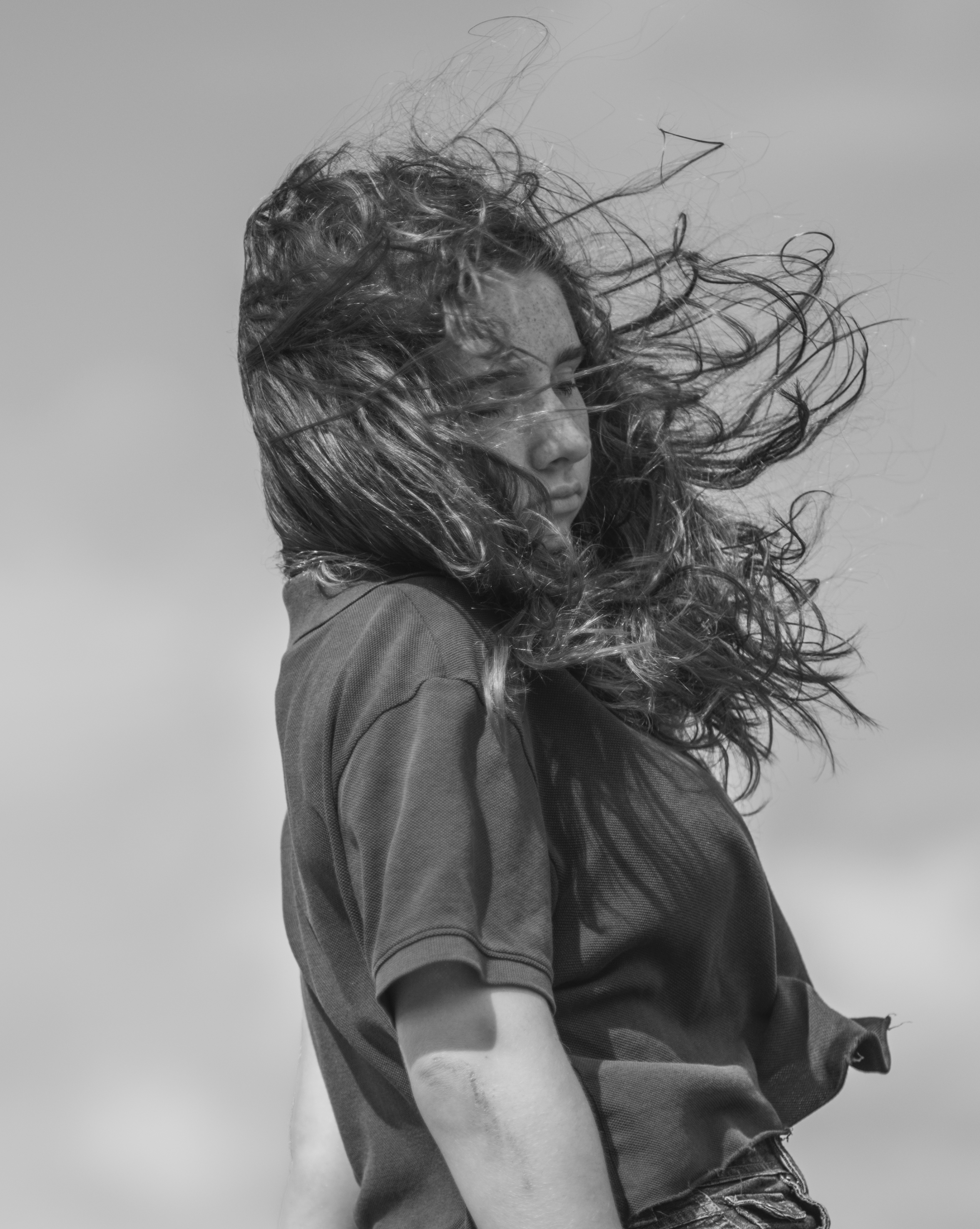
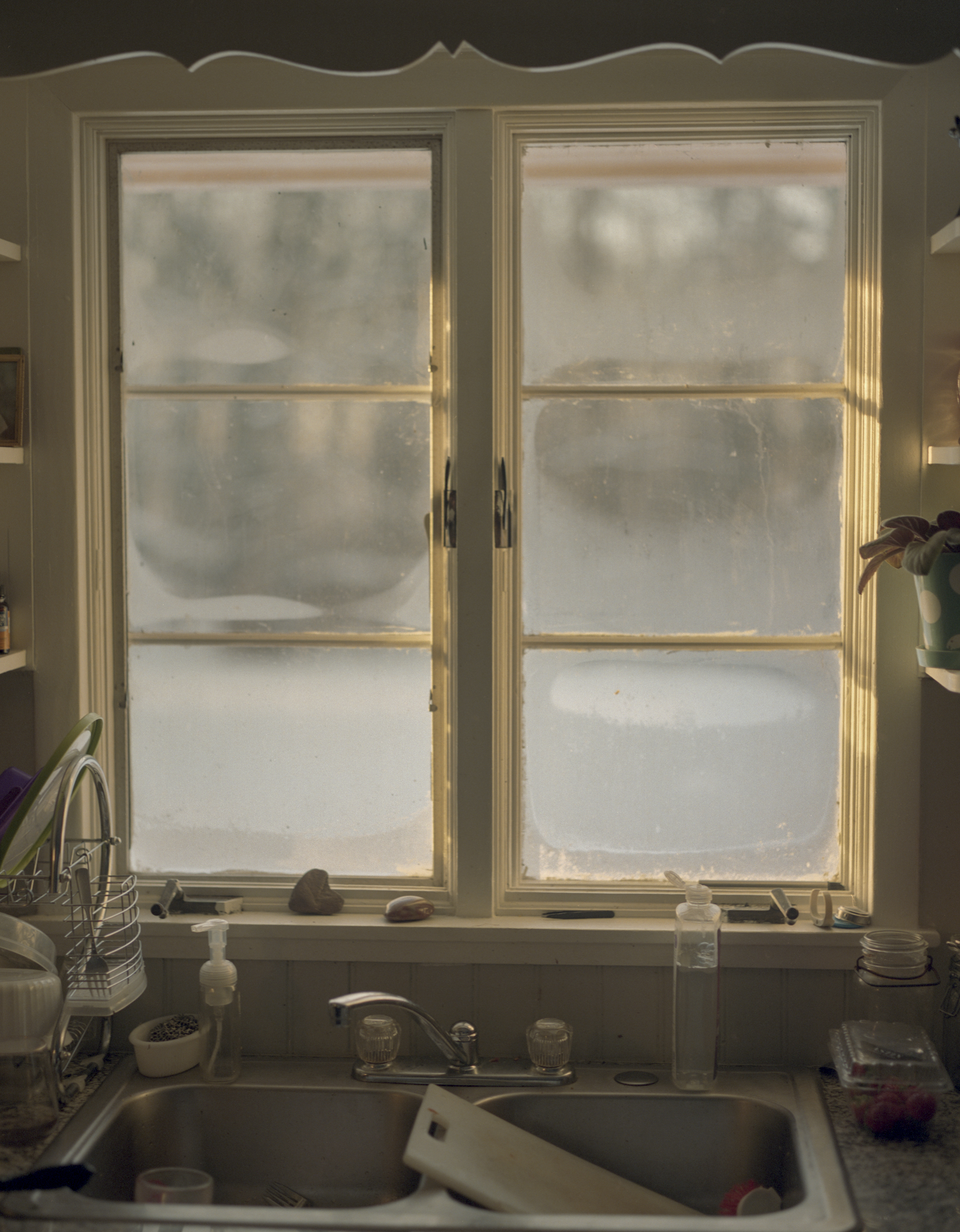
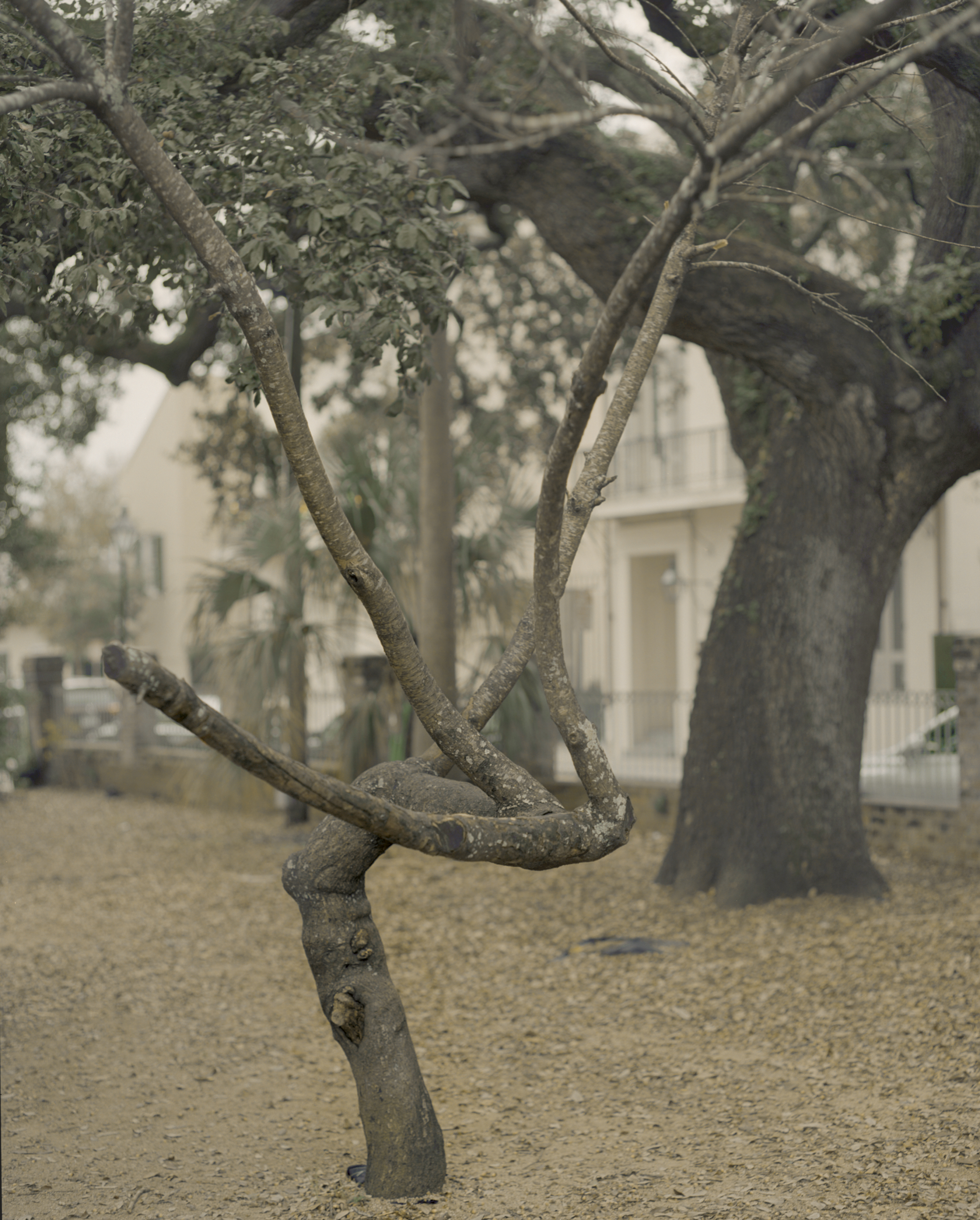
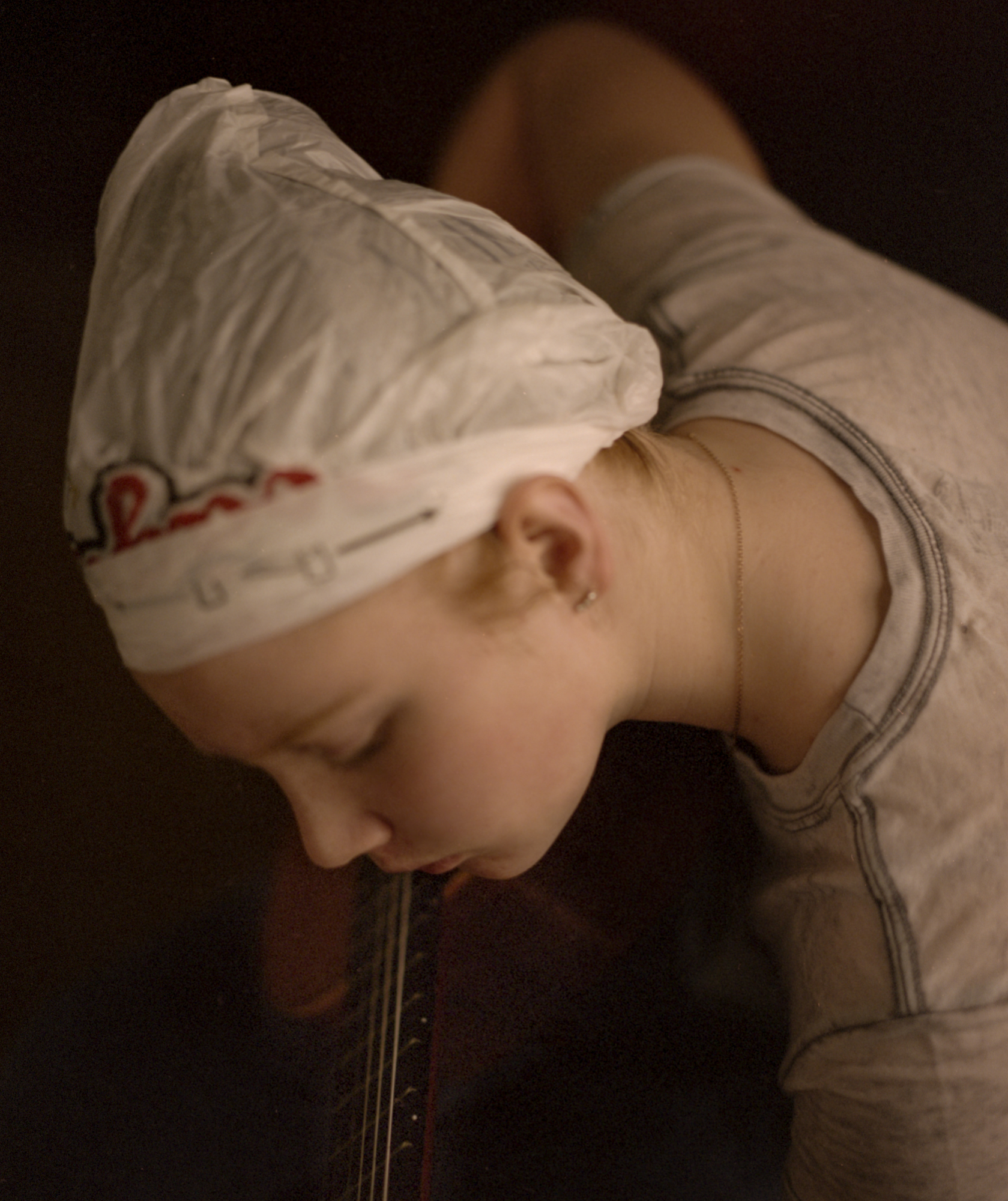



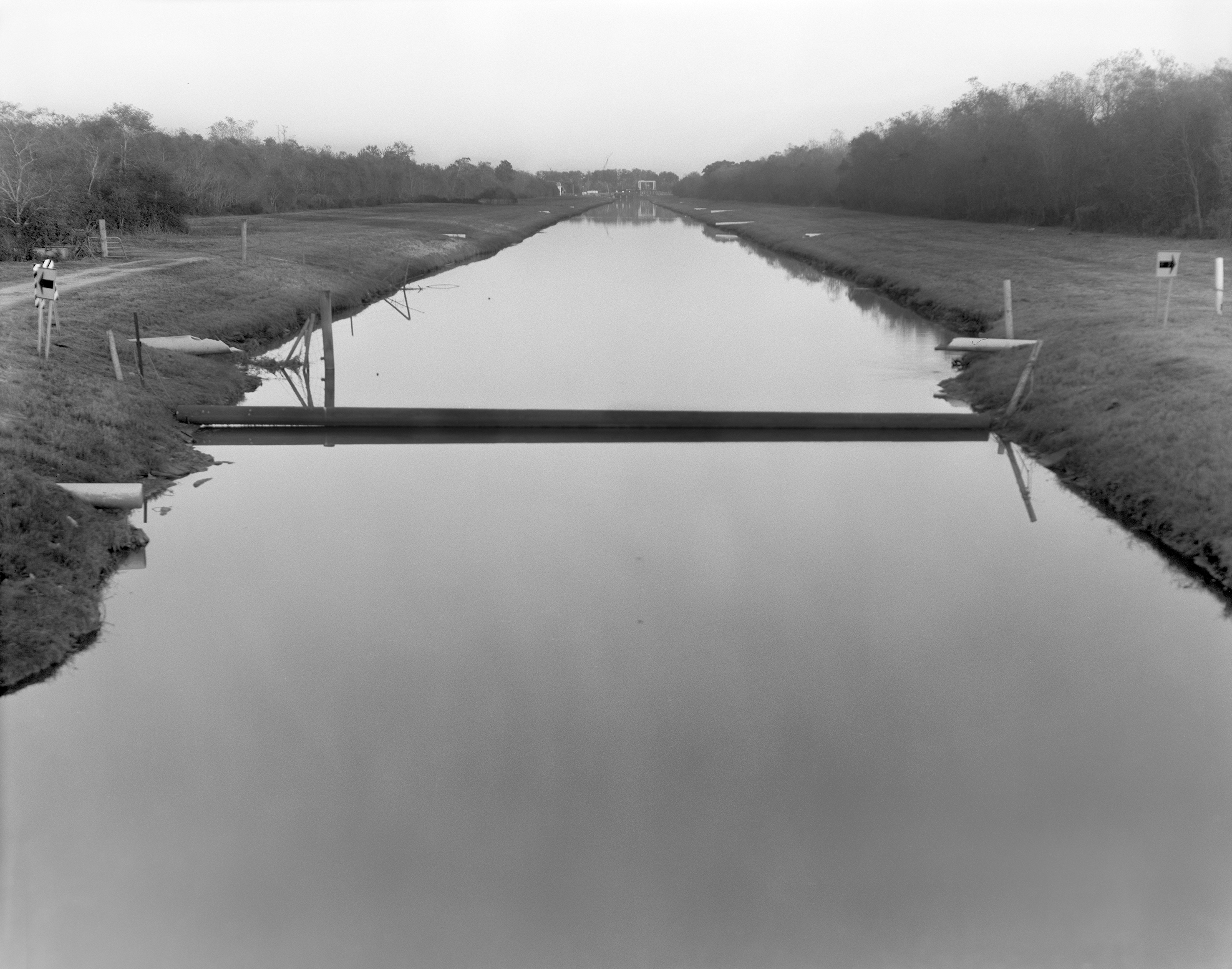

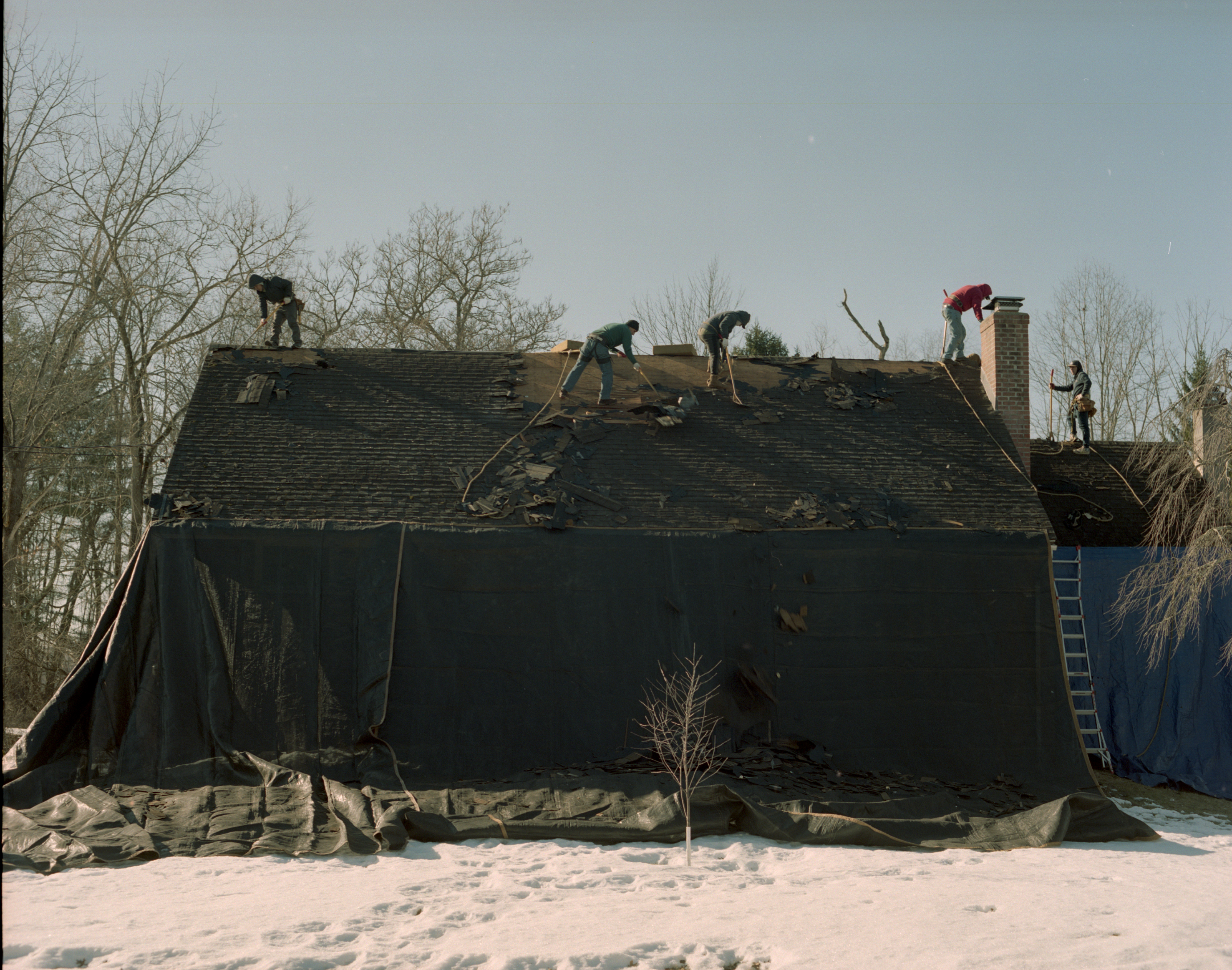

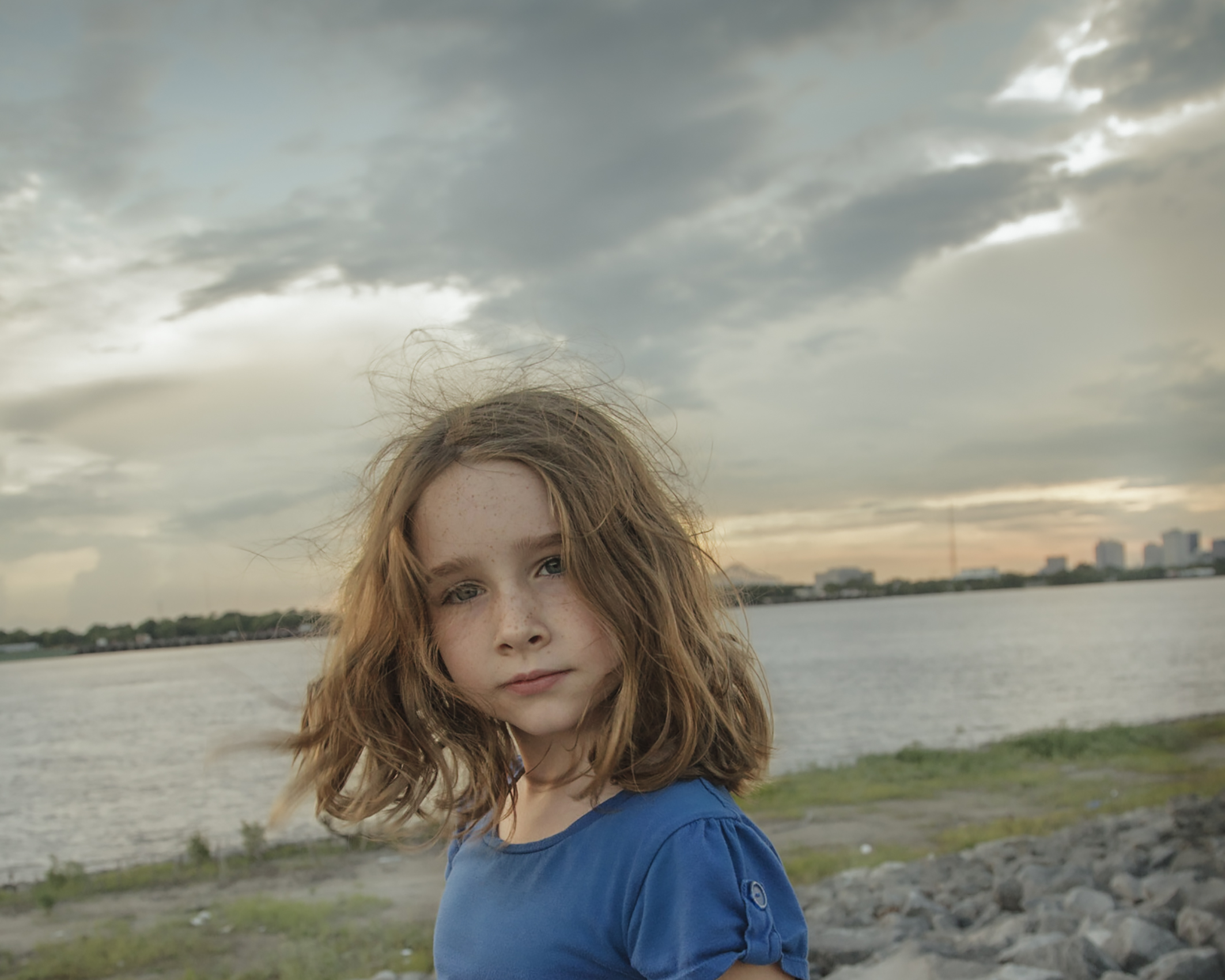
Adrian Jing Song: Thank you so much for your time
Adrianna, I’m really excited to talk to you about your project Levee. First, could you tell us more about your background and what attracted you to photography.
AS: Levee captures quite poignantly the physical landscape of New Orleans. How did growing up in this city shape your perspective and how has this manifested in your work?
AS: The work definitely acknowledges this sense of gratitude for life, and also carries an immense emotional weight - as you document your journey not only as a daughter, but as a mother. I love how by playing these dual roles, you’re allowing us to contemplate not only the present, but the past and the future. What were the challenges of navigating such a delicate environment?
AS: Levee was released in book format recently through VOID. Could you talk us thorugh the development process, as well as the core aspects of the project that you wanted to communicate through this format?
AS: The text written by George is absolutely beautiful, and what he manages to capture in his writing really speaks to the soul of your project.
AS: You talk about being trapped by your photographs emotionally during the sequencing process. With you having to constantly revisit these moments, has this changed the way you remember that period?
AS: I really love this quote of yours, “Making pictures in this place was not outside of the pain of losing my mother or the joy and wild ride of being one, rather it was beyond it. It is a quiet place to rest and feel the heart-sinking loss and what is found along the way.” I know this may not be an easy question to answer, but is there a particular photograph, or perhaps a few, that you hold a little closer?
AS: This is probably another impossible question to answer, but what was your favourite thing about your mother?
AS: I’m so happy to hear that you both share that! What is your favourite part of being a mother?
AS: Thank you again Adrianna, I really appreciate you speaking about such moving, personal work. How are you inspired these days, and what is inspiring you at the moment?
︎
Adrianna Ault (b.1972) is an American photographer raised in New Orleans, Louisiana.
Adrianna studied photography from a very early age. She lived and worked in New York City for seventeen years and has spent her life working in the realm of photography, whether commercial or artistically driven.
Order Adrianna’s book Levee, published by VOID.
To see more work by Adrianna Ault, visit - Website / Instagram
︎
Adrianna Ault: I received a Polaroid camera when I was about 10 years old. It felt like magic and that feeling has stayed with me. When I was 13, my parents divorced. I didn’t know it at the time but I was going through grief, loss of family. That was when I took my first photography class and learned my way around the darkroom. More magic. Photography and particularly learning to work in the darkroom was a more digestible way to take in a world that I had trouble understanding. Throughout my life, I have tried other paths (careers), but I kept coming back to photography. Photography isn’t a straightforward way to earn a living if you are an artist. The compromises outweigh the benefits if you want to dedicate your life to your work. That wasn’t a choice that came easy.
AS: Levee captures quite poignantly the physical landscape of New Orleans. How did growing up in this city shape your perspective and how has this manifested in your work?
AA: Growing up in New Orleans was pivotal to how I learned to see the world. I am incredibly grateful to have grown up in a lush and beautiful culture with eclectic people. This is something I didn’t realize until I left New Orleans. Mainly because it was all that I knew at the time. I suppose every place that shapes your view of the world seems special. But for me, I found that New Orleans is a place that hangs on the fringe. Its a balance between trauma of a past and celebration of life. You never know what will happen tomorrow or what will be taken or lost. New Orleanians know how to be grateful for the day that is here in this moment. Going back to New Orleans to care for my mother reminded me I had forgotten that. In this way, you have to be real with every moment that you get to live in this big complicated world. With all the things we get comfortable with, we also have to be willing to let them go and find comfort in the newness of everything.
While photographing the work for Levee, I was also a mother to young daughters. As much as I wanted to hold on to everything that I could be losing... being a daughter to my mother, I had to embrace being a mother to my daughters. Paying attention, embracing the difficult times as well as the pure daily joy you miss out on if you let the grief take over. The physical landscape of New Orleans is not a metaphor for vulnerability, it is vulnerability. The city is a sunken bowl surrounded by levees to keep the water out. Growing up in a place that was threatened by hurricanes and flooding, changes people. “Les bons temps rouler” isn’t because the people of New Orleans just want to party. It’s because we must keep an eye on gratitude for this life.
AS: The work definitely acknowledges this sense of gratitude for life, and also carries an immense emotional weight - as you document your journey not only as a daughter, but as a mother. I love how by playing these dual roles, you’re allowing us to contemplate not only the present, but the past and the future. What were the challenges of navigating such a delicate environment?
AA: I photographed a lot without direct intention. But after a while, I realized I was photographing my mother in her most vulnerable state. My time with her was closing in. I didn’t want to come away from my time with her with hundreds of photographs of her in pain and being sick. The best way for me was to listen to her, talk to her, spend time with her, take care of her needs, and make her as comfortable as possible. It takes courage to be there for someone in pain that you love as deeply as your mother. Since I was a child, if I heard my mother cry, I would cry. And although I was not a child anymore, I could still feel her. The camera felt like an easy way out of that or maybe a way to be more objective. So, when I was with her, I put down the camera. And then when she would fall asleep, I would walk to the levee with my camera and I could see for the first time what it meant to express myself without pointing to someone or something. This was a revelation for me in my work.
AS: Levee was released in book format recently through VOID. Could you talk us thorugh the development process, as well as the core aspects of the project that you wanted to communicate through this format?
AA: I had made many maquettes of this work. I had hundreds of photographs that I learned to put together… mostly without using an idea but a feeling. That only comes by actually taking physical photographs and putting them side by side and then putting them on the wall or in a maquette and living with them for a while. In this way, I began to build something over time. By the time I started working with VOID, I had so many “darlings” I didn’t know what to do with. Myrto from VOID is an absolute genius at sequencing. So I am forever grateful to have handed what I had built over to her and she brazenly put those darlings to rest. The problem with sequencing your own work is that you are trapped in that photograph emotionally. There was a point over the course of five years, where I couldn’t even look at the pictures anymore. I stopped being able to see them… like too many perfumes at once.
Another problem I had with the photographs was that I had grown as a photographer over this time. I wasn’t making work in the same way as I had at that time. I started seeing the work as taken by someone else. Myrto is really good about finding the right balance between moving through time and growth. And I couldn’t have asked for a better designer than Jõao. He is absolutely masterful. The cover was all him and I love it more than anything along with the paper changes and layouts. No, the book would not be what it became without VOID. I can’t say that it was easy. I’m stubborn, and this was my first monograph. So I was particular.
There is a part of the book where the pictures are full bleed on glossy paper. We were in the car on our way down to New Orleans from New York. This part of the work was important but in a different photographic language than I was used to making pictures. VOID treated the images in a way that changed the book by giving it a distinct tactile feel. There is a dark and intimate yet claustrophobic feel to them that I love.
I also hoped to have a written piece but didn’t know how. I didn’t want the writing to directly reference the photographs. I wanted something that would run parallel to the world created by the photographs. I was also fortunate that George Weld, a lifelong friend, is also my favorite writer. He had seen me on this journey, knew my mother and the girls, and knew what I was looking for. His work is on the back of the book and it is more perfect than I could have ever imagined.
AS: The text written by George is absolutely beautiful, and what he manages to capture in his writing really speaks to the soul of your project.
AA: George and I became friends by way of our families. I am also very close with his wife and two daughters. We all met when our eldest daughters were 2 years old. His wife, Jennifer, and I had our second daughters within 5 months of each other. Our 4 daughters are very close with each other. They are family. George started sharing some of his photos and writings during COVID. I was floored by his work. He has become my favorite writer. His work is very much like he is. I’m thankful he wrote something so perfect for this book.
AS: You talk about being trapped by your photographs emotionally during the sequencing process. With you having to constantly revisit these moments, has this changed the way you remember that period?
AA: The pictures have lived with me for many years now. Not all but many feelings of chaos, panic, and loss have been replaced by gratitude. I am so fortunate to be able to make work through the unknown. It helped me see it and come to terms with the constant shifting of life. Sometimes I am paralyzed by fear and anxiety. But in this case, it was all I could do to keep my head above water. It was a gift.
AS: I really love this quote of yours, “Making pictures in this place was not outside of the pain of losing my mother or the joy and wild ride of being one, rather it was beyond it. It is a quiet place to rest and feel the heart-sinking loss and what is found along the way.” I know this may not be an easy question to answer, but is there a particular photograph, or perhaps a few, that you hold a little closer?
AA: There are 3 that I have in my home that I don’t get tired of. McKenna Plays, Sunday (the cover of the book), and Paris Road Spring.
AS: This is probably another impossible question to answer, but what was your favourite thing about your mother?
AA: It’s such a long answer that I can’t find all the words or choose one thing. She was a complicated and vulnerable person that I am grateful was in my life. She loved to make stuff. She was a creative person and making things was when she was truly happy. I got to see that in her and now I feel the same way.
AS: I’m so happy to hear that you both share that! What is your favourite part of being a mother?
AA: I learn so much about myself through them. They remind me of what is important in this life. I miss when they were little but I also embrace the newness of who they are becoming. My girls are funny and surprising. I love seeing them being empathetic and caring people.
AS: Thank you again Adrianna, I really appreciate you speaking about such moving, personal work. How are you inspired these days, and what is inspiring you at the moment?
AA: I’ve shifted my focus from the levee to the Mississippi River, a river I have always loved. It’s been a huge part of my life in New Orleans. From my studio in New York, I watch the Hudson go by every day. Rivers keep moving and shaping the land, rocks, and world around them. I’m learning to be a river in my life but it’s hard to keep moving while I want to hold on. I’m learning a lot and am excited about the new work I’m making.
I’m also continuing to photograph in Ohio where my family owned a farm. A bit of it is in Impeded Stream, which I published as an artist portfolio. While it is currently sold out, there’s a wonderful video by Tipi Bookshop in Berlin viewable here. Eventually, I’d like to make this work into a book.
︎
Adrianna Ault (b.1972) is an American photographer raised in New Orleans, Louisiana.
Adrianna studied photography from a very early age. She lived and worked in New York City for seventeen years and has spent her life working in the realm of photography, whether commercial or artistically driven.
Order Adrianna’s book Levee, published by VOID.
To see more work by Adrianna Ault, visit - Website / Instagram
︎